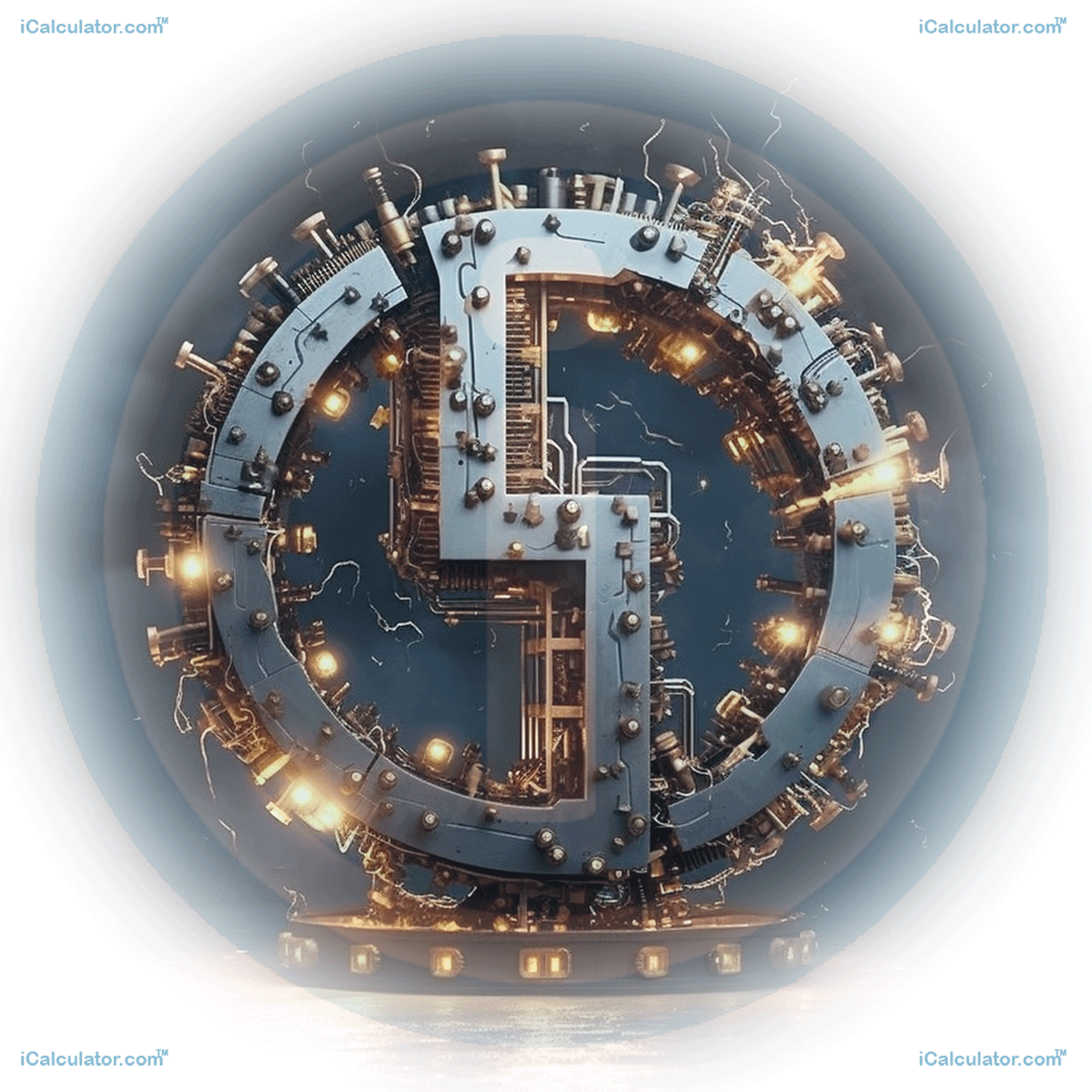Menu
CCD Object Size Calculator
Please provide a rating, it takes seconds and helps us to keep this resource free for all to use

Charge-Coupled Device (CCD) sensors are a type of image sensor used in digital cameras and imaging devices. By understanding how to calculate the size of an object as captured by a CCD sensor, one can make accurate measurements from images, enhancing the capabilities of fields ranging from astronomy to forensic science. The calculations involve considerations such as the lens focal length, the distance from the lens to the object, the size of the CCD, and the resolution of the CCD. The discipline associated with these concepts is Optics, a branch of Physics.
| MM | |
| Inch | |
| Pixels | |
| Minimum Detectable Object Size = x MM |
| Total Viewed Area = x |
| Field Of View = Degrees |
Example Formula
The size of an object as seen by a CCD can be calculated using the following formula:
Where:
- Object Size is the size of the object as it appears on the CCD.
- CCD Size is the size of the CCD sensor.
- Object Distance is the distance from the lens to the object.
- Focal Length is the focal length of the lens.
Impact on Society
The understanding and ability to calculate the size of an object using CCDs has significantly contributed to technological advancements in numerous fields such as astronomy, medicine, and security. From capturing distant celestial bodies in space telescopes to detecting minute details in forensic or medical images, the application of CCDs and their associated calculations has proven to be revolutionary.
Real Life Application in Industry
CCD sensors are used widely in digital cameras and imaging devices across numerous industries. Astronomers use CCDs in telescopes to measure light from distant stars and galaxies. In medicine, CCD cameras are used in microscopes and other imaging equipment to capture detailed images of cells and tissues. In security, CCD cameras are used in surveillance systems to monitor and record activities.
Key individuals in the discipline
Willard S. Boyle and George E. Smith, who invented the CCD in 1969 while at Bell Labs, have made a profound contribution to this field. Their work revolutionized the field of imaging and won them the Nobel Prize in Physics in 2009.
Interesting Facts
- The Hubble Space Telescope uses a CCD sensor to capture detailed images of deep space.
- CCD sensors are not only used in cameras but also in barcode readers, optical scanners, and spectroscopy equipment.
- CCD sensors have largely been replaced by CMOS sensors in most consumer cameras, but CCDs are still preferred for high-quality scientific, astronomical, and industrial applications due to their superior light sensitivity and image quality.
Conclusion
Understanding how to calculate the size of an object as captured by a CCD sensor is crucial in many scientific and industrial applications. The invention of the CCD and the development of methods to optimize its use have led to significant advancements in imaging technology, improving our ability to explore, understand, and interact with the world around us.
Engineering Calculators
You may also find the following Engineering calculators useful.
- Mechanical Quality Factor Calculator
- Propeller Sizing Calculator
- Lm317 Current Regulator Calculator
- Square Tube Section Properties Calculator
- Spiral Transition Curve Deflection Angle Calculator
- Ah To Kwh Conversion Calculator
- Angular Deflection Of Hollow Shaft Calulator
- Concrete Volume Calculator
- Concrete Slab Maximum Wall Load Calculator
- Concrete Slab Maximum Length Calculator
- Potential Flight Time Calculator
- Electrical Power Factor Calculator
- Electric Vehicle Road Speed Calculator
- Paving Calculator
- Led Energy Savings Calculator
- Mechanical Advantage Of A Screw Calculator
- Concrete Weight Calculator
- Runway Crosswind Calculator
- Lm317 Voltage And Resistor Calculator
- Solenoid Coil Electromagnetic Force Calculator